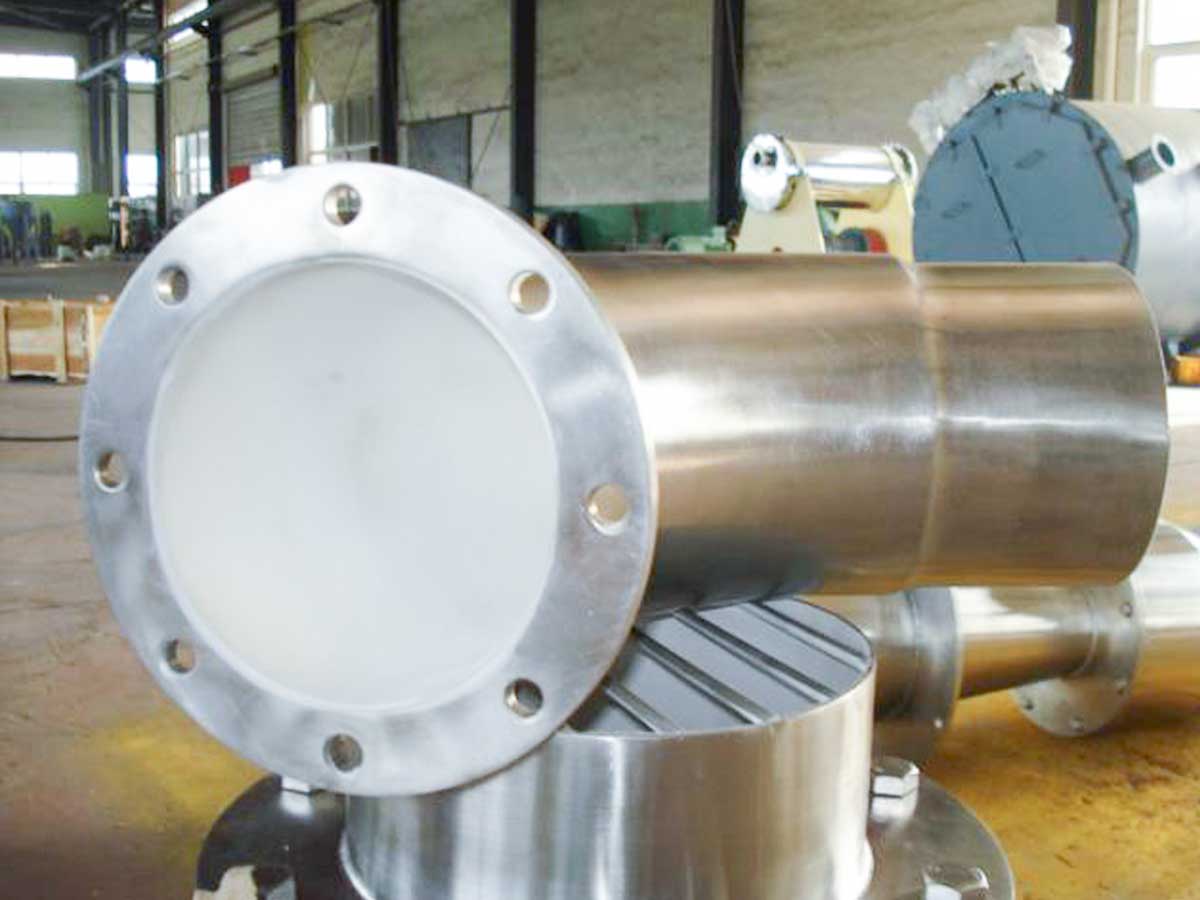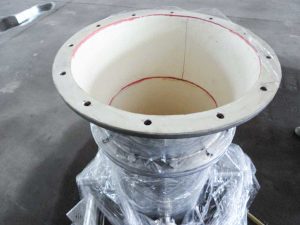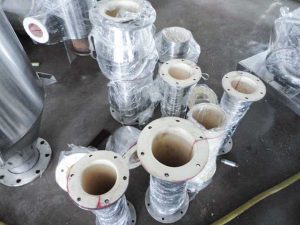What are the reasons for the vibration of the jet mill
The jet mill plays a pivotal role in medicine and chemical industry, but it is precisely because of this that the mill equipment has a very important role in actual operation and needs to be extremely valued. Generally speaking, people who only need to have three months of operation will have very easy operation experience. In many cases, we will use the best operator to cooperate. The ceramic-lined pipe is manufactured by the high-tech production process-self-spreading high-temperature clutch synthesis method. The pipe is composed of corundum ceramic, transition layer, and steel from the inside to the outside. The ceramic layer is densely formed at a high temperature above 2200℃. Corundum porcelain (AL2O3) forms a firm bond with the steel pipe through the transition layer.



Air jet pulverizers generally adopt the way that the motor is directly connected to the pulverizing device. This connection is very simple, fast, and easy to maintain. It is the commonly used connection method at present. If the two parts are not well connected during the assembly process, the overall vibration of the jet mill equipment will occur, causing serious damage to the machine body. If we cannot accurately operate the equipment, it will cause damage. There are many reasons for the vibration of the jet mill. We must frequently overhaul the equipment in order to ensure the stable operation of the jet mill during processing.
1. The hammer is installed incorrectly during the maintenance and assembly. In order to prevent the weight of the rotor from losing balance when the hammers are used in reverse, all the hammers in the crusher must be reversed, otherwise strong vibration will occur during operation.
2. Corresponding to the difference between the weight of the two sets of hammers is more than 5 grams. The elimination method is to adjust the weight of the hammer so that the difference between the weight of the corresponding two groups is less than 5 grams.
3. The individual hammer pieces are stuck too tightly and are not thrown off during operation. It can be turned and observed by hand after stopping the machine, and find a way to make the hammer rotate flexibly.
4. The weight of other parts on the rotor is unbalanced. At this time, you need to carefully check and adjust the balance.
5. The main shaft is bent and deformed. The solution is to straighten it or replace it.
6. The bearing clearance exceeds the limit or is damaged. Generally, the problem can be solved by replacing the new bearing.
7. The bottom corner fixing nut is not tightened or loosened during operation. The solution is to tighten it.
The jet mill has a large processing capacity, and the optimized structure of the equipment can increase the throughput of materials by more than 42%, which greatly improves the production capacity. In addition, the discharge port has also been specially modified, which can adjust the discharge particle size in a larger range, which can better meet the needs of customers and the market, and has a stronger market adaptability.
